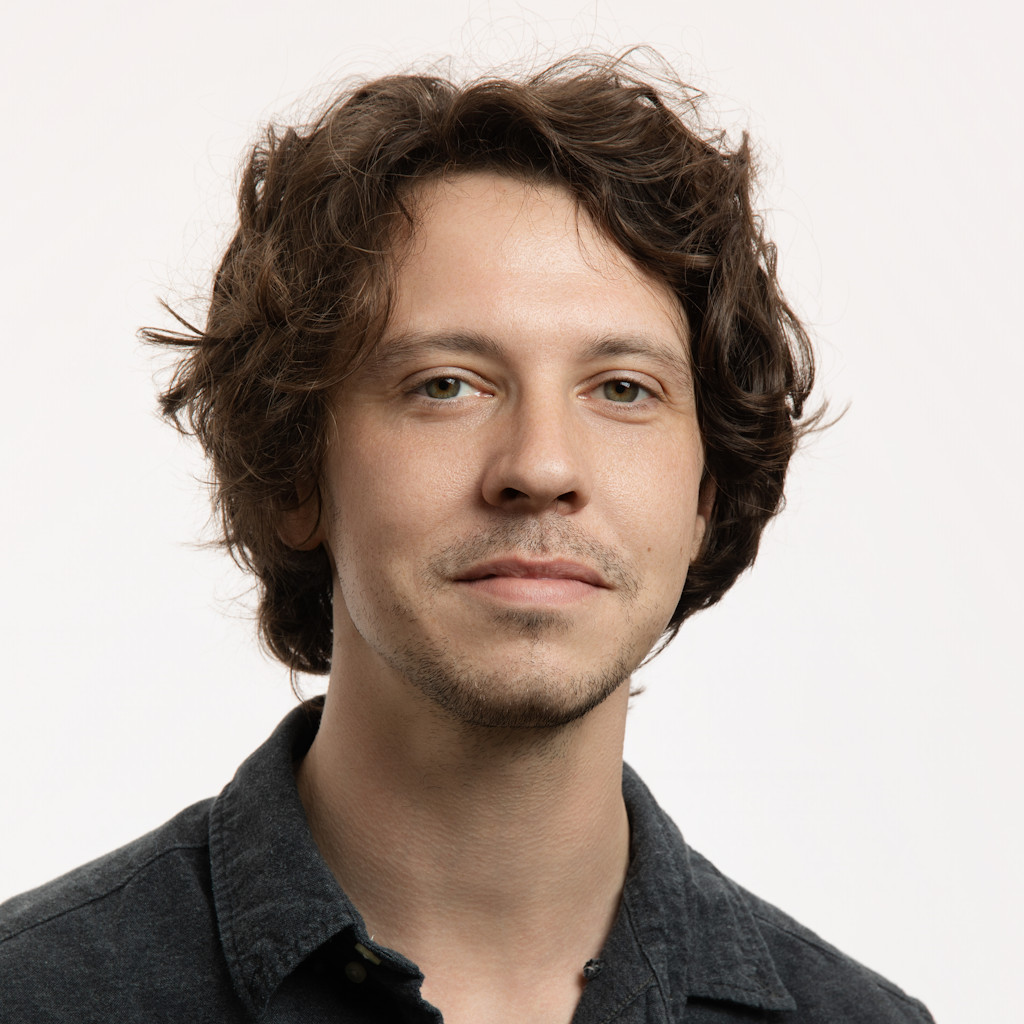
Councillors undecided on how best to spend community safety money
By
Brett McKay
Members of city council's community and public services committee spent a lot of time this week debating how best to spend $8.4 million remaining from the money they diverted from a police funding increase last year.
In the end, they sent the matter to the full council — without a recommendation — to discuss on May 24.
The available funds represent the remainder of $10.9 million that was diverted from a police funding increase in an effort to explore solutions other than policing for systemic issues that lead to poverty and crime. Administration put together 10 business cases for spending that would take steps towards fulfilling the recommendations in the Safer for All report and work towards making Edmonton Canada's safest city by 2030.
Councillors raised questions about whether the money earmarked for these programs was being appropriately applied to pressing problems like the opioid crisis and social disorder downtown.
"I'm quite concerned about the $25,000 dedicated to a drug crisis," Coun. Karen Tang of Ward Karhiio said of the money allotted for drug poisoning response — the lowest amount given to any of the business cases. "If we talk about some of the causes to our social disorder, I think that's a huge one."
Some of the recommended programs are aimed at early intervention and prevention — for example, $200,000 for the Edmonton Public Library's Sing, Sign, Laugh, and Learn program.
"We were trying to be a little innovative," said city manager Andre Corbould in response to councillors' questions about whether that was an appropriate addition. "We had heard from a lot of the community and from council that you didn't want to see the same old things."
Corbould also explained that there were time constraints in determining which proposals to green-light, as there are only seven months remaining in the fiscal year, and preference was given to ideas that could immediately make an impact on the community.




